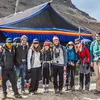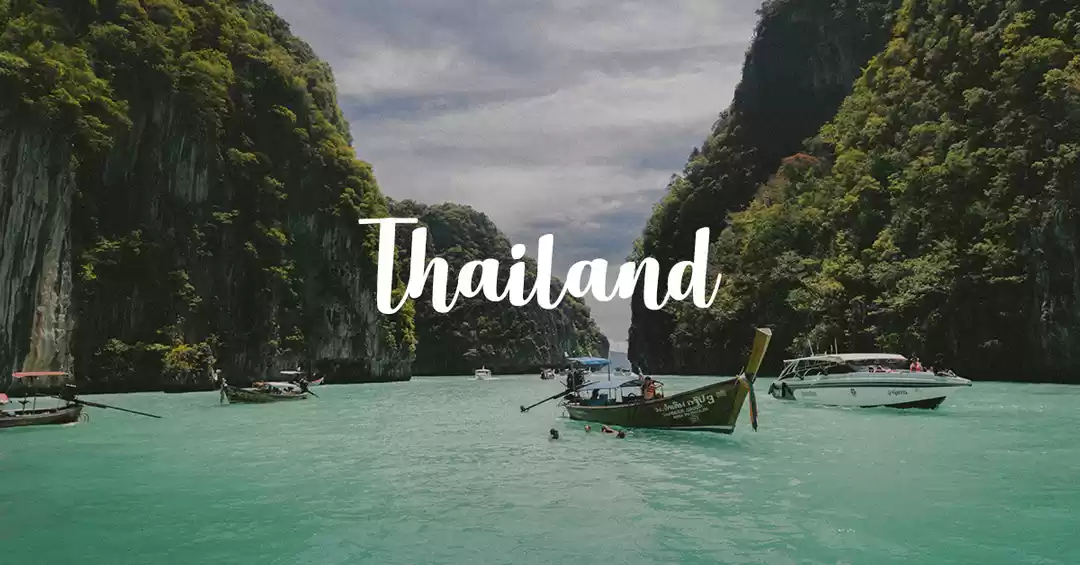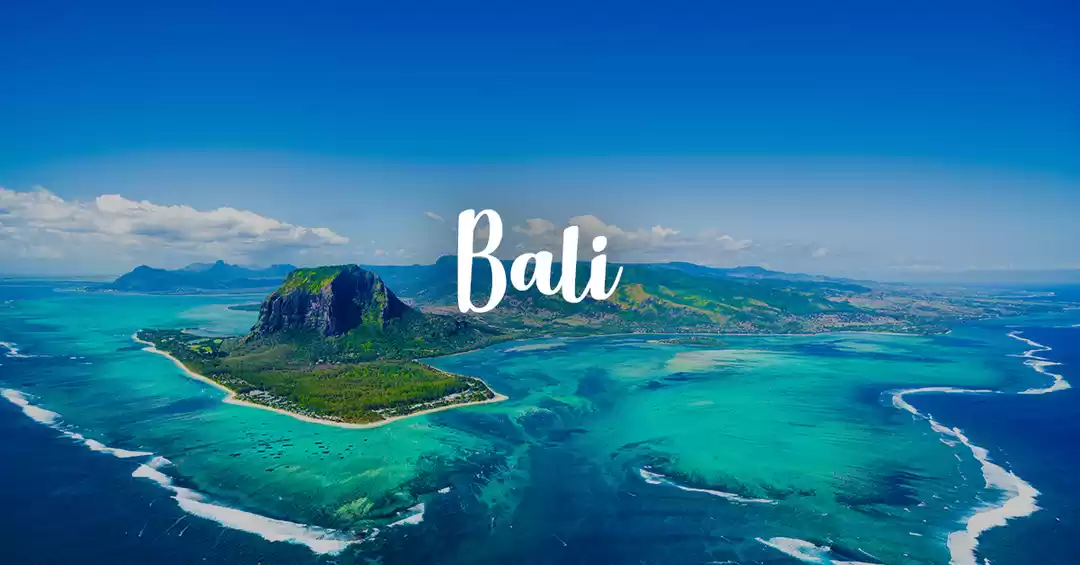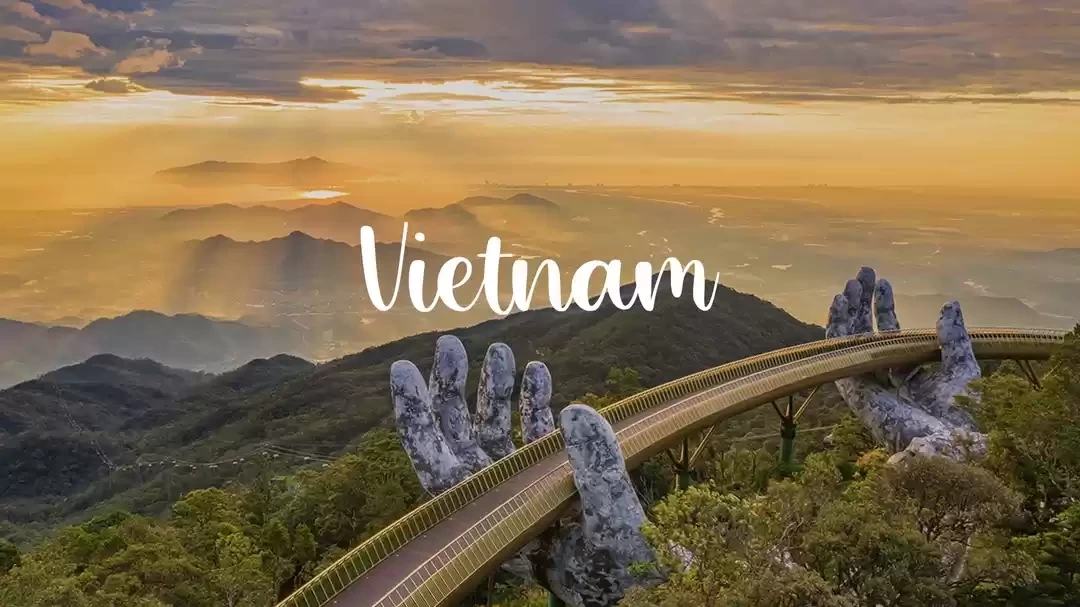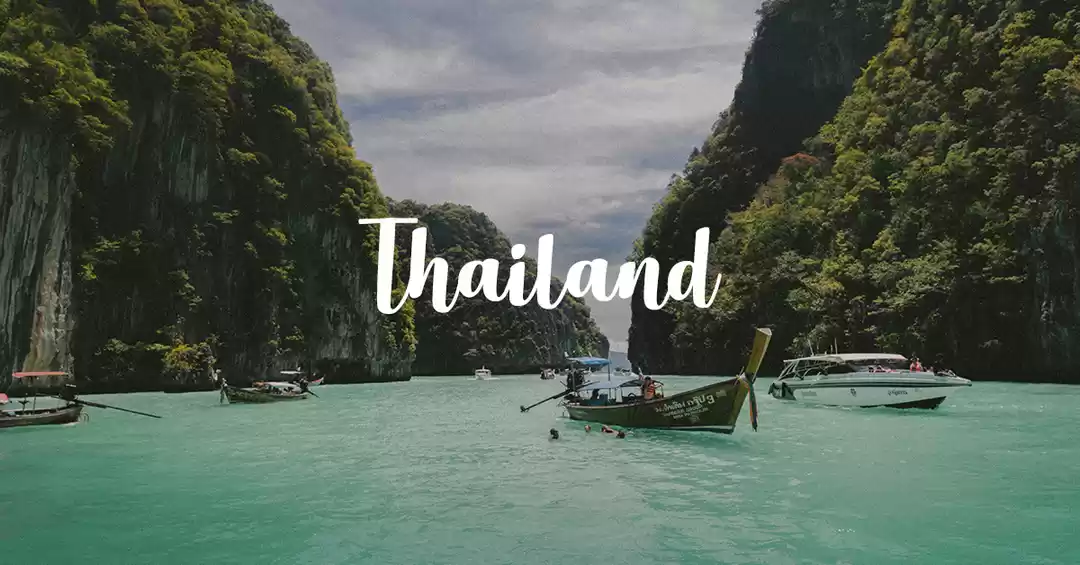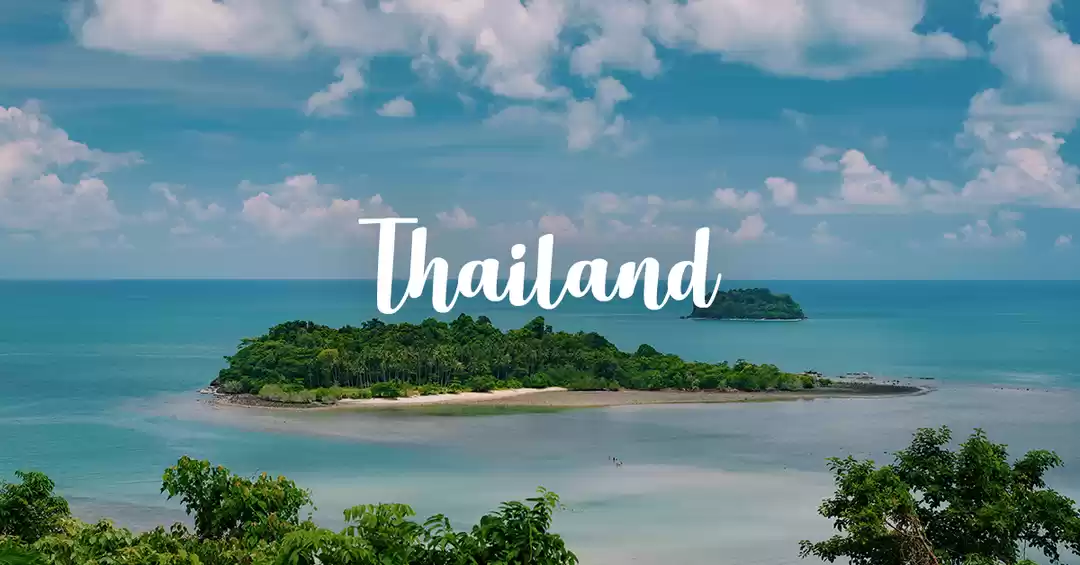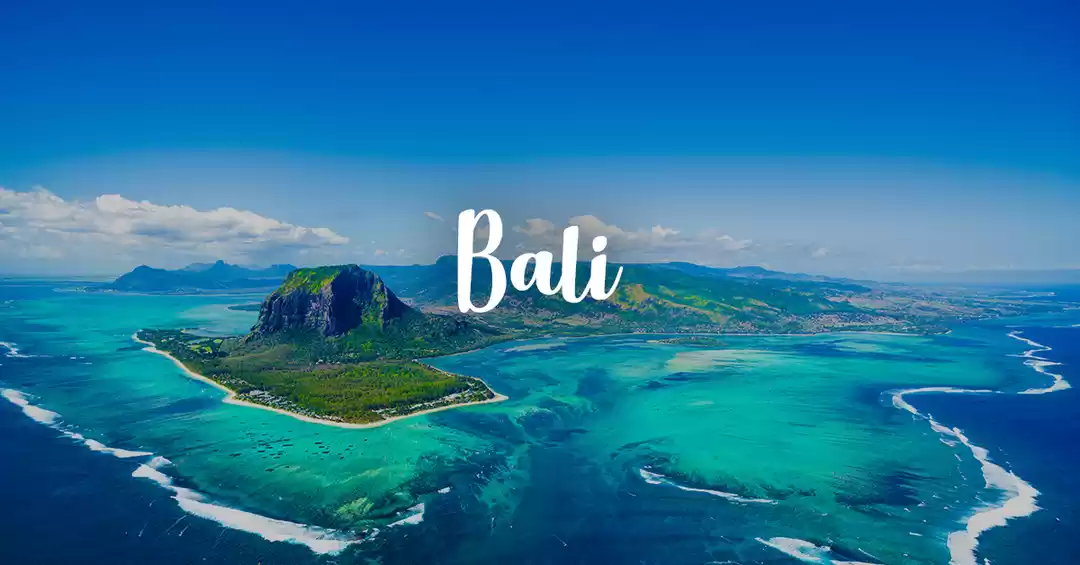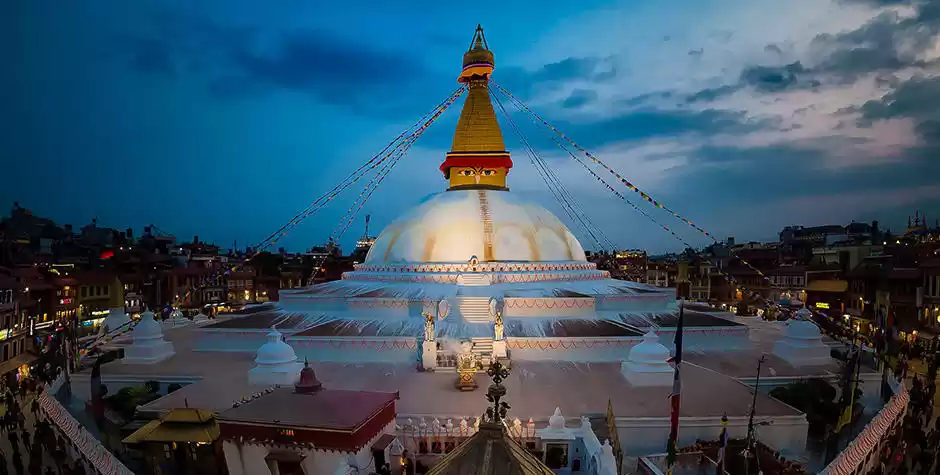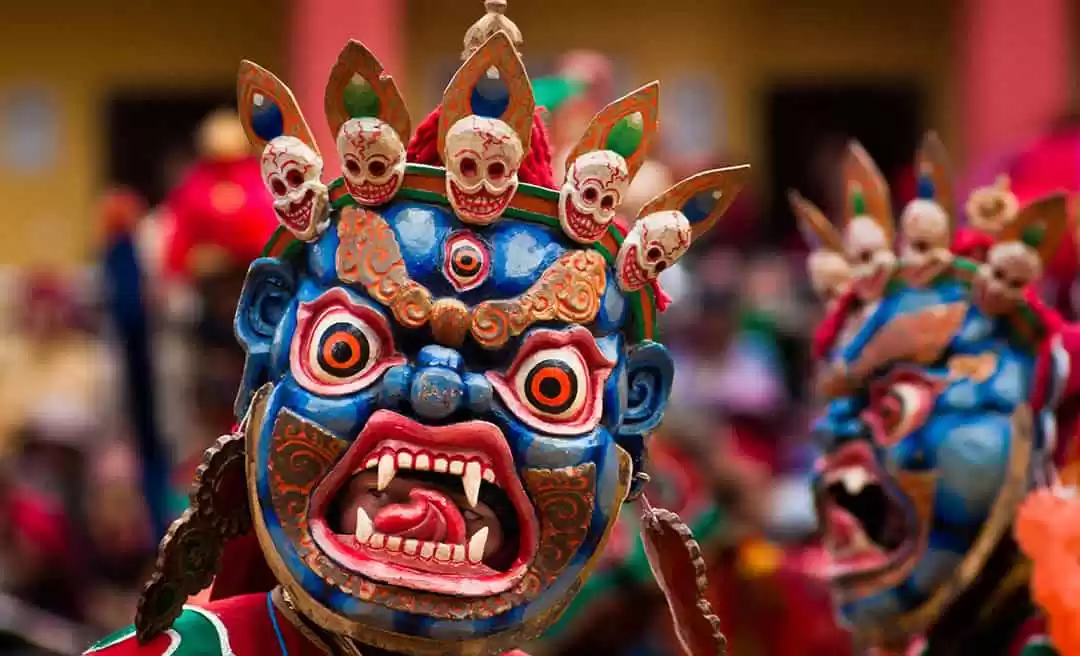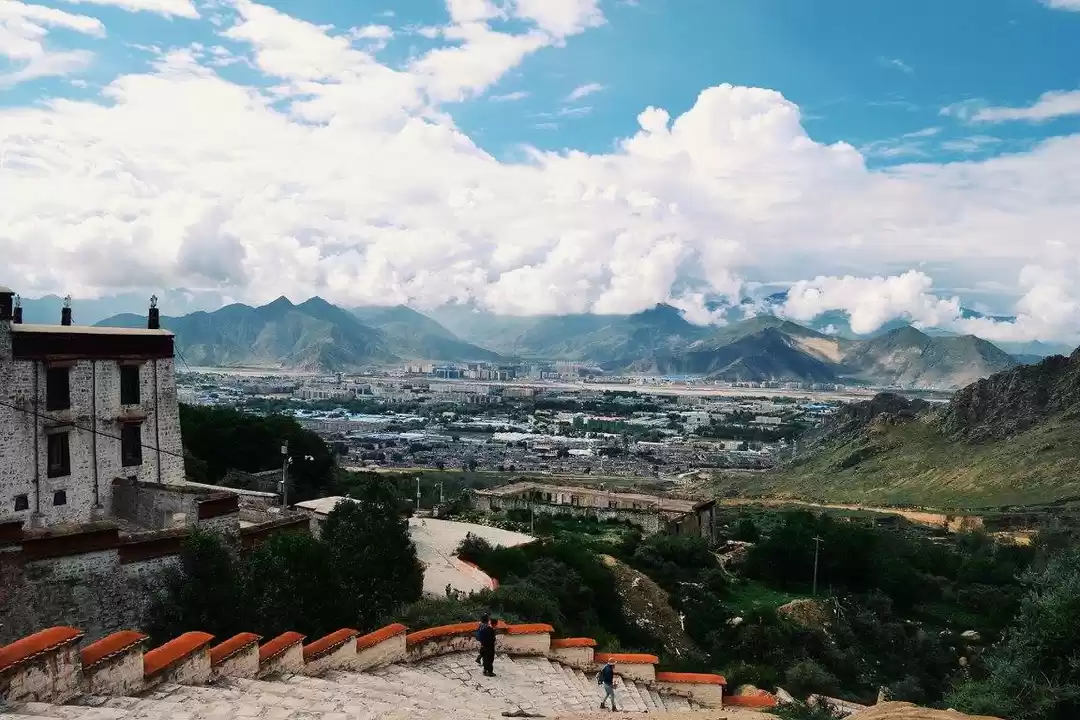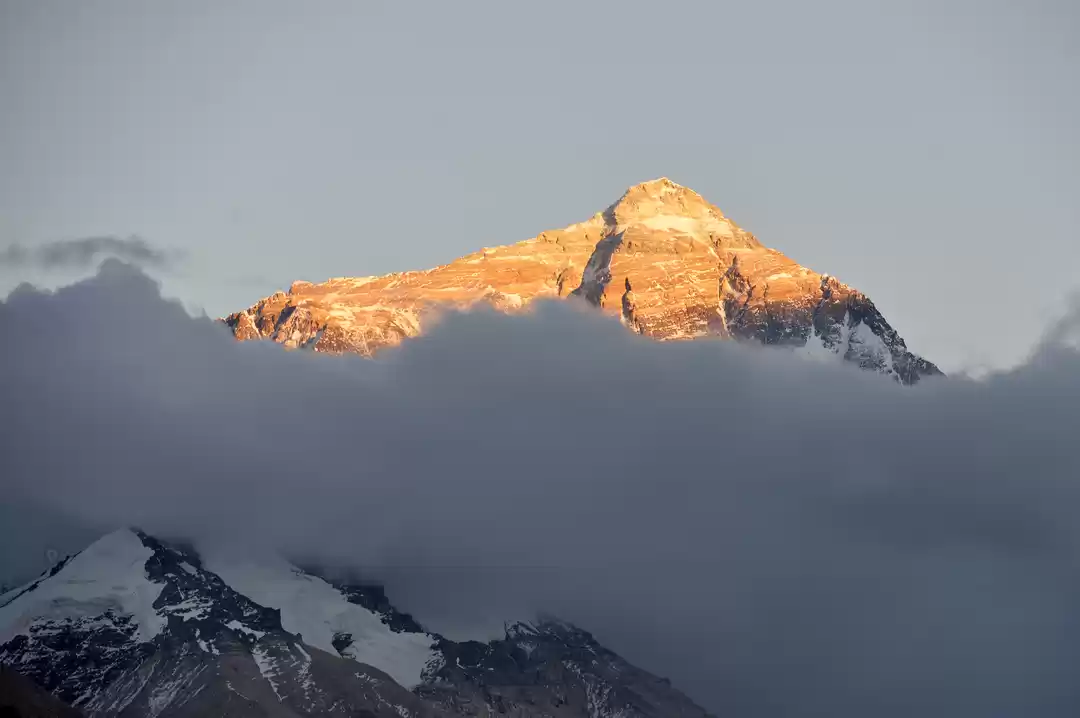
Acclimatisation in Tibet is essential to keep in mind before travelling to Tibet and in Lhasa. Tibet is local on the Qinghai-Tibetan Plateau, it is the world's highest plateau, and the average elevation of the plateau is at 4500 metres or 14763.78 feet above sea level. Therefore, high altitude sickness can severely hamper your holiday in Tibet and could also lead to a severe health hazard to you.
Lama Mani Tour is a Tibetan travel agency run by a Tibetan female tour guide with a decade of experiences in operating tour in Tibet and other Tibetan inhabitat regions of China. All the Tibet Travel guide provided here are accumulated wisdom and expertise over our years in Tourism Industry.
Elevation of Tibet
The Tibetan Qinghai Plateau is known as the world's roof for its extreme elevation from the sea. The region is snuggle in the middle of mountain ranges in all its direction, especially the Himalayas on the south and Kunlun mountain ranges on the north. Giving a popular another name to Tibet Called the third pole of the world for massive accumulation of glacier and ice in Tibet that falls after two poles of the earth.
The average elevation of Tibet is 4500 metres or 14763.78 feet above sea level, making Tibet on an extreme level of elevation for travellers, trekkers to do well without proper adjustment of the body to the Atmosphere.
During your travel to Tibet or Tour to Tibet, Lhasa will be a point of your entrance. The city is located at an elevation of 3600m. Beside Lhasa, Tsedang and Nyingtri, all the other Tibet region is situated at the extreme hight. So it is of utmost importance to get acclimatise adequately in Lhasa before heading to another region, which is why we always leave three days in Lhasa at the beginning of your Tibet tour.
Why there is a lower oxygen level in Tibet?
As you go higher up in the mountains, the air pressure drops. The main reason for lower air pressure up in the hill is the gravitational pull of the earth. Therefore you will have the most atmospheric pressure at the sea level, and it decreases as you ascend to the higher elevation.
Hence, as Tibet is located on the highest plateau on earth, there is less air pressure in the region than in other lower world areas.
What is high altitude sickness?
Lesser Atmospheric pressure means less amount of oxygen available for breathing. One effect of altitude is shortness of breath, as our lungs have to work harder to deliver oxygen to the bloodstream.
There could be a malfunctioning body since many travellers are not used to staying up in the mountains or high place. This Maladjustment of the body is known as High Altitude sickness. The severity of sickness may range from dizziness and headaches to severe consequences like lung or brain damage.
The effect of this sickness depending on person to person. Some people may show immediate effect, while others could develop these symptoms gradually in weeks.
Acclimatisation in Tibet
The process of adjusting your body to newly ascended elevation is called acclimatisation. Here we will share what we have been recommending to our client for many years for acclimatisation in Tibet.
Plan your tour accordingly.
All our tours are plan according to the process of acclimatisation in Tibet. Therefore, we always have three days in Lhasa for all our tour itinerary before heading up to the higher places in Tibet.
If you are designing your tour plan in Tibet, it is best to leave the first three days in Lhasa. Additionally, it is wise to have a few free days in Lhasa without a guided tour. Otherwise changing and adding additional days on the Tibet Travel Permit in last minutes will be harder.
Consult your doctor
It is recommended for all the traveller visiting Tibet to consult the doctor some month before your travel date to Tibet. Knowing physical state, your doctor can best recommend medicine and change in daily routine like exercise. It will also help you mentally get prepared for it. Additionally please remember, the most drugs for high altitude sickness are locally not available in Tibet. Hence bring all the necessary drugs.
Ascend slowly
Once when you spend the first few days in Lhasa. After that, you can ascend slowly to a higher elevation. For example, suppose you are visiting Mount Everest Basecamp in Tibet. It is very wise to stay overnight in each of Gyantse town and Shigatse. It is also wise to return to lower elevation if you don't feel well at the basecamp.
Drink lots of Water
One of the many effects of high elevation to the body is you will lose a lot of body fluid. Hence it is essential to drink plenty of water. You can choose to mix your drinking water with flavour varieties like oral rehydration salts, beverages like juice, soup, garlic flavored water and milk.
Garlic can help
We have also observed that eating garlic while in Tibet can significantly help regulate oxygen level back to normal. Therefore, many people travelling to mount Kailash and the high region would often eat garlic on their Tibet Journey.
Travel high and Sleep Low
Travel high, and Sleep Low is a trick used by many climbers. In the daytime, they will climb above 1000 feet compared with their sleeping altitude. We will recommend for travellers visiting Tibet on a regular tour. You can climb higher than your hotel room. We would often hold our first meeting in the hotels' rooftop bar for the same reason.
Pack an oxygen Cylinder
As a responsible travel agency in Tibet, we will always have an oxygen cylinder and first aid kit in the car during your tour in Tibet. All our tour guides are train and certificate with first aid emergency response training with the help Tibet Tourism Development committee and China red cross base in Lhasa.
It is highly suggest to book your tour with a responsible travel agency like us. Otherwise, you are highly suggest always to pack oxygen cylinder in your car all the time.
Conclusion on Acclimatisation in Tibet
High Altitude sickness is severe and could lead to critical consequences to your health and life and the quality of your tour in Tibet. Above mentioned information on acclimatisation in Tibet is based on our decade of experience in operating tours in Tibet. We want to recommend reading further in subject from leading authority and do good research.

